Yates Account
Join now
Create a Yates account today!
Sign up to join the Yates Garden Club for monthly e-mails packed with seasonal inspiration, tips for success & exclusive promotions.
Plus if you’re a Garden Club member you can take part in the Yates Growing Community - a blog to share successes, get advice & win prizes in fun challenges along the way!

Forgot password
Enter the email address associated with your account, and we'll email you a new password.

Food scraps, fallen leaves and small tree clippings are wonderful sources of potential organic matter for your garden.
Why potential? Well, you need to compost them first! By doing so, you transform them into wonderful, rich sources of organic matter, which can then be used to nourish soils and improve garden beds.
Composting these materials at home is easier than you think. There are several types of composting ‘systems’ available, from a homemade bay in the corner of the backyard to enclosed compost tumblers and kitchen bench units. Whatever method you have room for, not wasting food scraps and making your own compost helps the planet and your soil (and worms) will love you for it.
The key to successful composting is to include a variety of ingredients, including leafy ‘green’ material such as grass clippings and vegie scraps and harder high carbon ‘brown’ ingredients like dried leaves, shredded newspaper and small woody stems.
In compost bays and bins, use the ‘lasagne’ method and add 5–10 cm layers of these different ingredients. In enclosed compost tumblers, the different ingredients can all go in together and be mixed.
Adding small handfuls of Yates Dynamic Lifter Organic Plant Food amongst the ingredients helps provide a rich source of nitrogen, which helps feed the composting microorganisms as they start to break down the organic material into fabulous compost. Keep the compost moist, but not soaking wet, and if possible, turn and mix the pile every few weeks to improve aeration and help all the ingredients compost effectively.
When ready, mix compost with Yates Dynamic Lifter Organic Plant Food and use to improve to soils prior to planting or apply around the base of established plants. Always mulch over the top to protect the compost from direct sunlight and to help retain soil moisture.
Compost bins or bays can attract vermin, but you can help keep them under control by baiting nearby with Ratsak Wax Blocks, which can be housed in Ratsak Reusable Rodent Bait Station. Ensure you read instructions prior to use.
What happens to organic material that is put into landfill?
When organic materials such as food scraps are sent to landfill, they begin to rot, but there is little to no oxygen available. This is called anaerobic rotting. In that situation they release greenhouse gases, primarily methane, which contributes to climate change. A survey we completed in 2015 highlighted that many people don’t realise that the rate methane is impacting Climate Change is around 25 times greater than carbon dioxide (CO2).
We also recognise that transporting all of our organic waste to landfill requires big rubbish trucks which create pollution and further add to its carbon footprint.
To add to this dilemma, the rotting organic matter mixes with metals, plastics and other chemicals (eg. electronics) in the landfill and creates a toxic muck that has been known to eat its way through the clay lining of the landfill basin. Eventually, these underground toxins can make their way into the water supply. Yuck!
So you ask, how big is the problem?
By composting your food scraps instead of sending them to landfill, each household can significantly reduce their Climate Change footprint.
In fact, about 4% of New Zealand's total greenhouse gas emissions comes from organic matter rotting anaerobically in landfills.
The journey of food to our plate
Food takes a long and resource intensive journey to get to our plates. It requires a lot of water, energy, fertiliser, refrigeration, storage, packaging and transport fuel to grow your food and get it to the supermarket, before you take it home. Composting your food waste is a good way of reducing the impact of landfill waste, but it’s also important to minimise food waste in the first place.
So join us on a composting crusade to get more people experience the benefits of composting.
The earth will thank us for it!



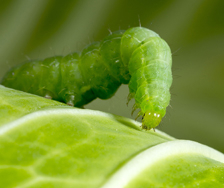
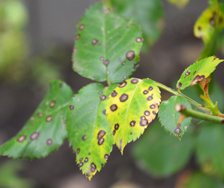
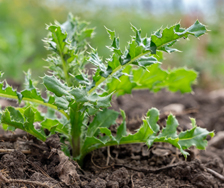
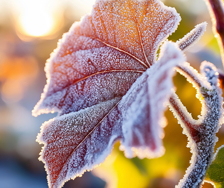
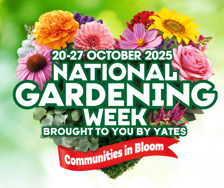







Share
Share this article on social media